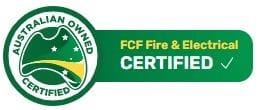Health Care Fire Classes And What Extinguisher You Need
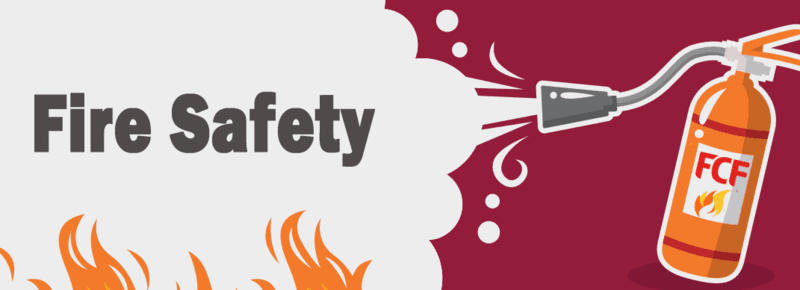)

Gaining knowledge on Health Care Fire Classes and fire safety significantly increases the chances of surviving a blaze; Hence, the need for training. When you are undergoing fire safety training, one of the most significant parts is learning fire extinguisher types and uses.
Fire extinguisher compliance requires the identification of the different types of fire extinguishers and the types of fires most likely to occur in the healthcare centre. These types of fuels are categorised into classes in order to help you identify the particular burning fuel and its suppressing medium.
Class A Fires
These types of fires are those involving carbonaceous solids like papers, fabrics, wood-based, textile, plastic, and rubber-based products. These contain the chemical element carbon as the basic fuel. Use water, foam, powder ABE, and wet chemical extinguishers for Class A type of fires.
Class B Fires
Class B type is caused by combustible liquids. Fires from chemical-based cleaning products, lubricants used in handling equipment, and electrical contact cleaners are suppressible by extinguishers consisting of Powder ABE and BE, or foam.
Class C Fires
Flammable gasses make up the Class C fires, which are gasses like LPG, propane, and butane used to operate machinery before it builds pressure. The type of extinguishers responsible for this fire are Powder ABE and BE.
Class D Fires
Class D flames are combustible metals usually in laboratories. Examples of these metals are sodium, potassium, magnesium, and aluminum shavings. Use dry powder to fight fire by separating the fuel from the oxygen element or by removing the heat element of the fire triangle.
Class E Fires
This type of fire is separate from the classification of fuels because it is not fuel. However, electricity is still a source of heat and electric shock. Use a Carbon Dioxide extinguisher for live electrical equipment, but you may also use foam for fires caused by electricity.
Class F Fires
Cooking oils and fat are the type of flammable products under Class F fires. If these fat products like lard, butter, and vegetable oil cause a fire in the kitchen, a wet chemical extinguisher is ideal for suppressing the blaze.
You might be asking, 'where are the labels of classification located on the fire extinguisher?' A standard fire extinguisher colour coding is assigned to each extinguisher for easy identification. Ideally, you can identify a big colour strip placed around the upper part of the cylinder. Some even have the entire tank in its respective hue.
- Oatmeal wet chemical
- Red water
- Blue foam
- Black CO2
- Yellow vaporising liquid
Now that you're equipped with the Health Care Fire Classes and colour codes, let's move on to getting to know the steps in using it. In the event of a fire and perhaps panic, the last thing we want is to struggle remembering an instruction from a 400-page manual. That's why the steps to suppressing fire are narrowed down to the shortest and simplest instructions by spelling out P-A-S-S!
P Pull the pin located at the top of the extinguisher. Hold only the handle at the bottom for easier removal.
A Aim the nozzle towards the base of the fire.
S Squeeze the handle to allow the flow of the extinguisher against the fire.
S Sweep the nozzle from side to side so the extinguisher spreads quickly around the fire.
The best part about learning different Health Care Fire Classes and how to use Fire Extinguishers is the actual training where you can do a trial run on the equipment and put off fire completely.
Give us a call for any inquiries on Health Care Fire Classes and training for fire safety in health care facilities.

)
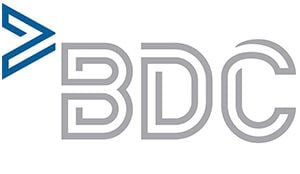)
)
)
)
)
)
)
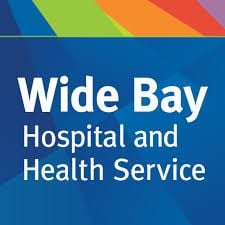)
)
)
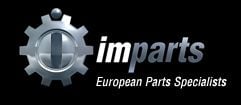)
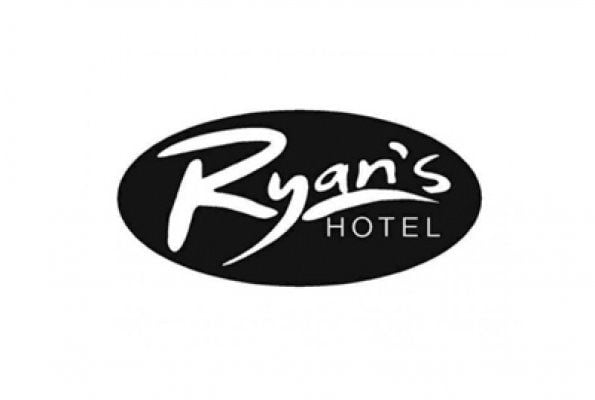)
)
)
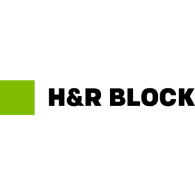)
)
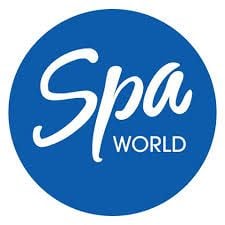)
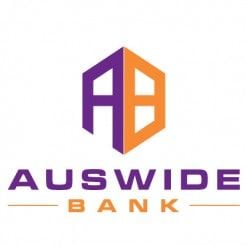)
)
)
)
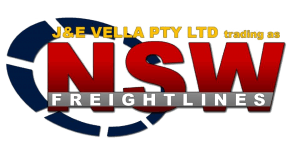)
)
)
)
)
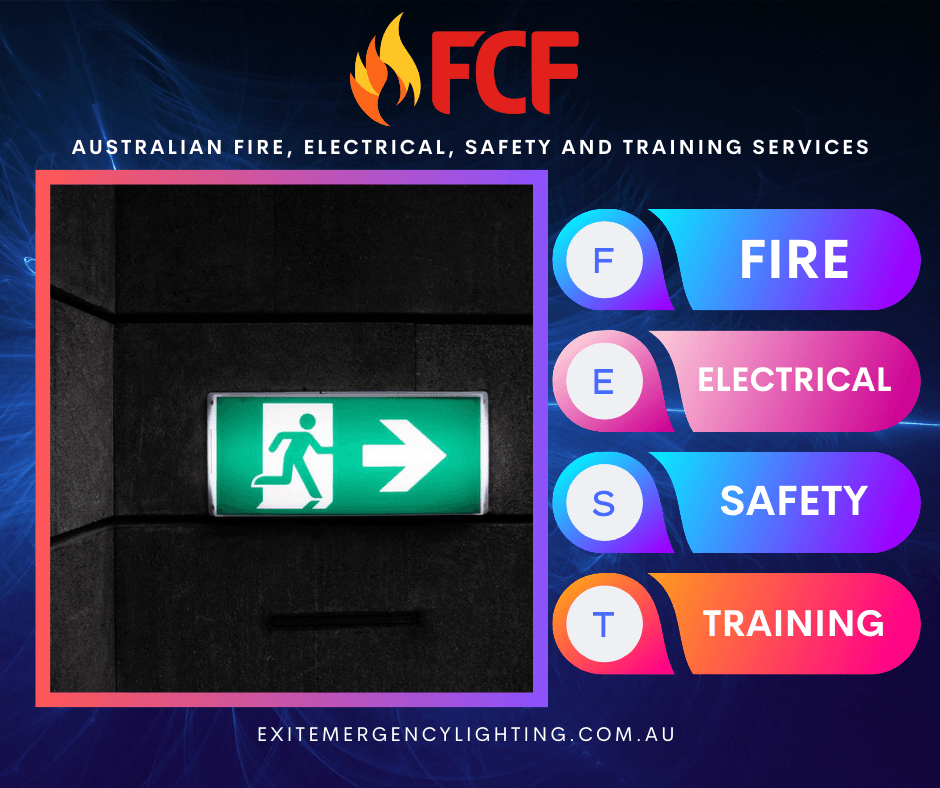)


